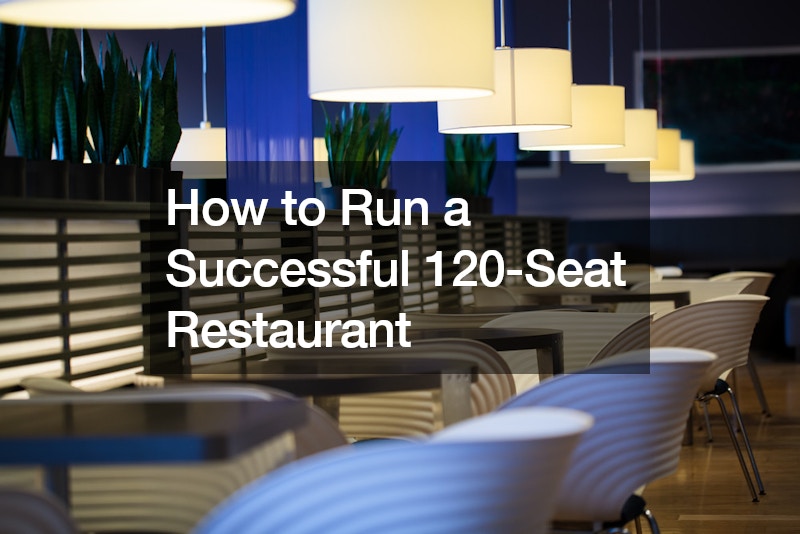Running a successful 120-seat restaurant requires a strategic blend of meticulous planning, exceptional service, and effective management. Firstly, establishing a clear concept and target audience is crucial. Whether it’s fine dining, casual family-friendly, or niche cuisine, defining your restaurant’s identity sets the stage for everything that follows.
Operational efficiency is paramount in managing a larger establishment. This involves streamlining processes from kitchen operations to front-of-house management to ensure smooth service even during peak hours. Effective staff training is essential to maintain consistency in service quality and uphold the restaurant’s reputation.
Moreover, maintaining a balance between quality and quantity is key. While volume is important for profitability, maintaining high standards in food quality, presentation, and customer experience is non-negotiable. This often involves meticulous menu planning, sourcing quality ingredients, and fostering relationships with suppliers.
Customer engagement and feedback play a vital role in refining operations and enhancing the dining experience. Implementing customer feedback loops and actively listening to patrons can provide invaluable insights into areas needing improvement and opportunities for innovation.
Lastly, adapting to industry trends, leveraging technology for reservations and operations, and staying financially prudent are crucial for long-term success. By continuously evolving while staying true to your restaurant’s core values, running a successful 120-seat restaurant can be a rewarding endeavor that delights both customers and stakeholders alike.
.

